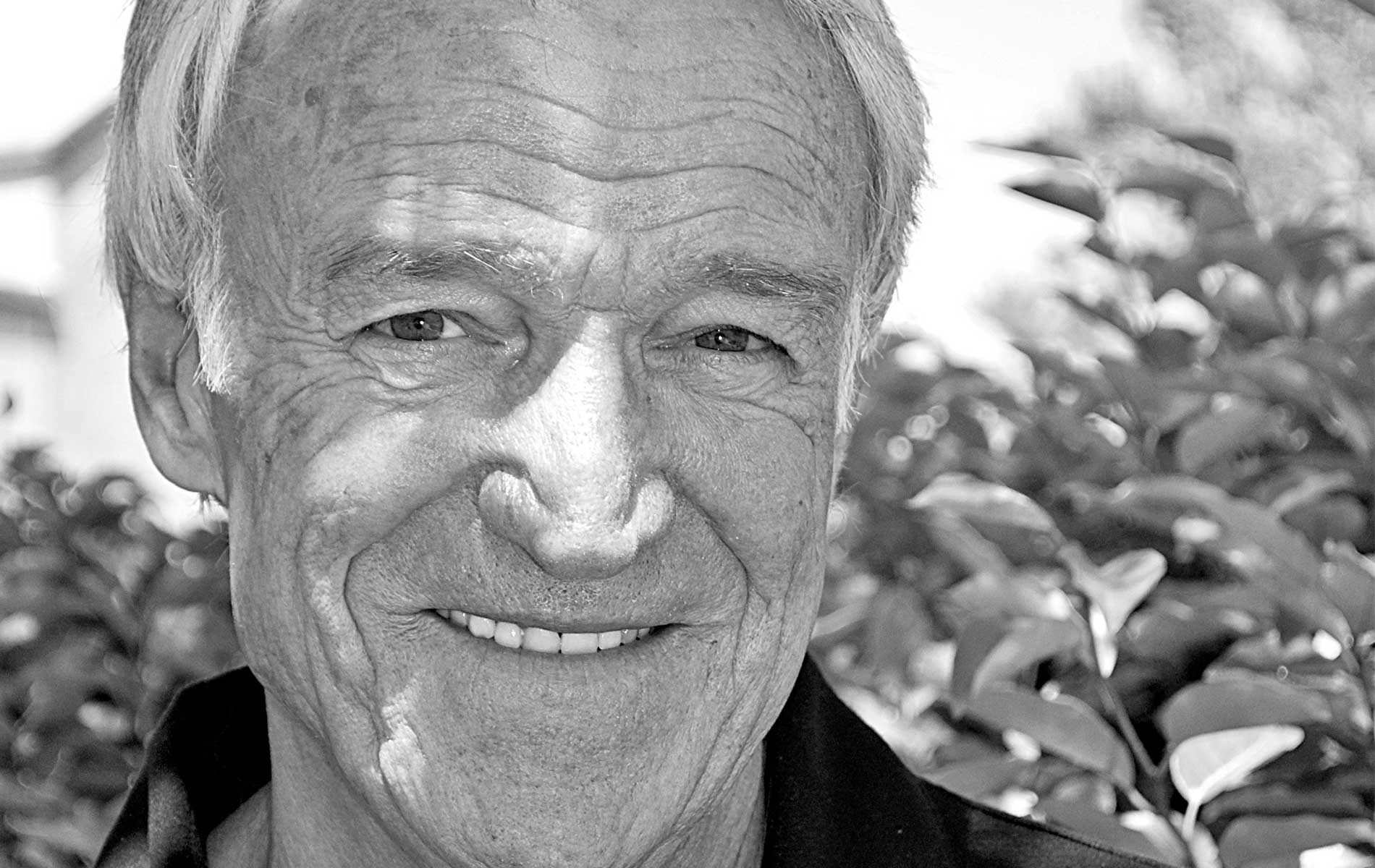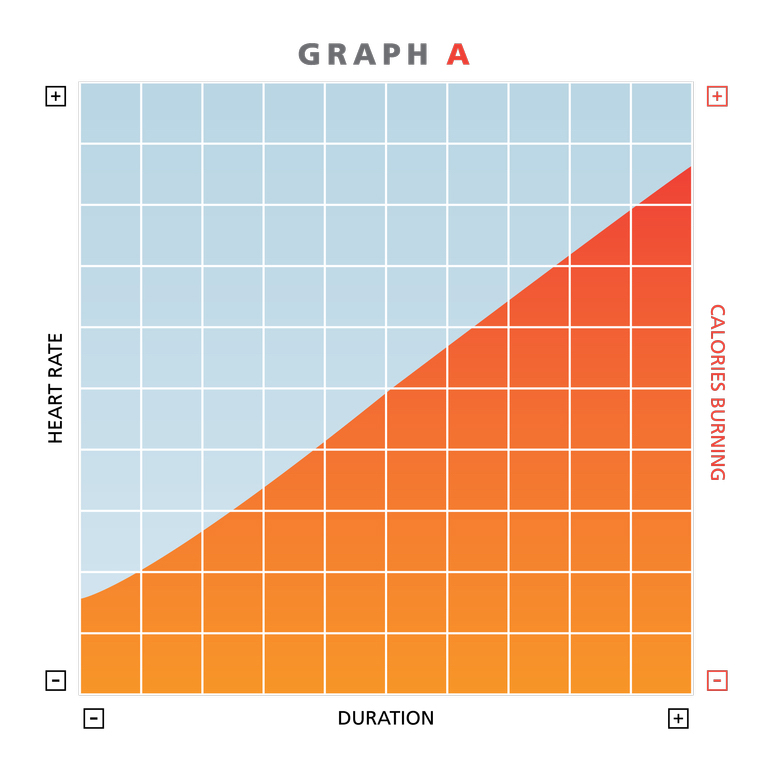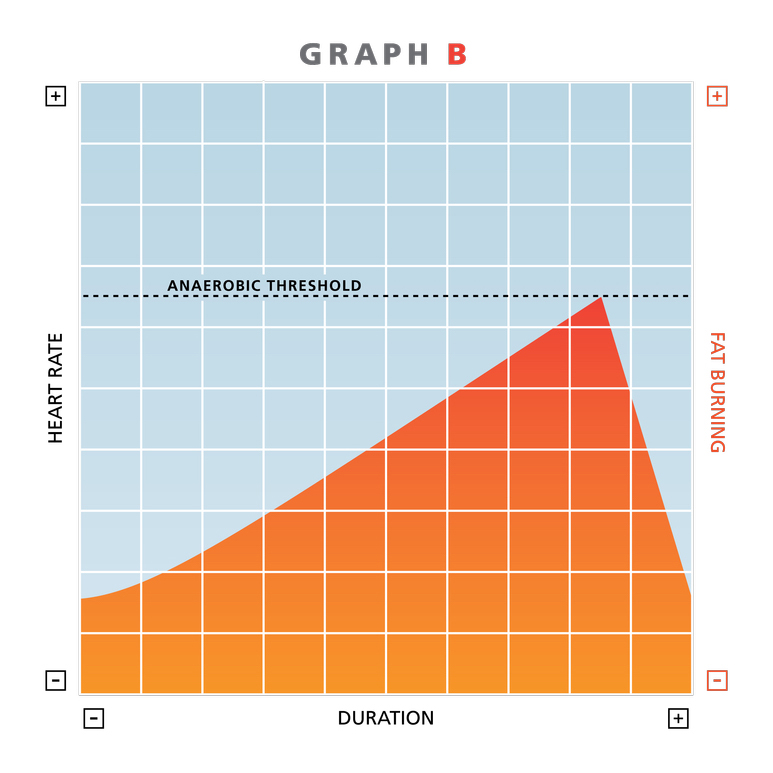
vie-magazine-winter-2010-clark-peters-health-nut
EXERCISE
“That which does not kill us…”
By Clark Peters
Almost everyone knows that exercise is good for your health. Indeed, the research is very clear: those who exercise will live longer than those who don’t—by years! As importantly, they live more active, more energetic, and presumably, therefore, more satisfactory lives.
Despite recognizing the benefits of exercise, most Americans lead very sedentary lives. The combination of TV, the Internet, computer games, and motorized transportation leads to a lifestyle comprised primarily of a sitting position.
This is not for lack of good intentions! Most of us have workout gear, treadmills, Bowflex machines, videos featuring incredibly fit instructors, etc. But these exercise tools, more often than not, end up gathering dust in the garage or functioning primarily as a clothes rack. The excuse is usually time related—“I just don’t have time to work out every day.” I will conclude this article with an exercise that almost everyone can do and results in extraordinary fitness—for an investment of only thirty minutes three times per week! But first, I will present some information that will be new to many of you and will hopefully provide some serious motivation.
First, all parts of the body react to physical stress by growing stronger. It’s as if your muscles, organs, bones, and connective tissue say to themselves, “Well, that was uncomfortable. I better add some material so I can handle it better the next time.” Of course, the more it happens, the more material is added and the stronger and healthier the body becomes. The process is called hypertrophy. Its opposite, which happens to those with a sedentary lifestyle, is called atrophy. Atrophy leads to muscles, organs, and bones withering and becoming weaker. If allowed to continue, it is nothing short of disastrous to our health and longevity. This tendency, unfortunately, accelerates as we age. The message is move!
The following are some of the beneficial impacts
of raising your heart rate through exercise:
Muscles: A toned muscle works better. It also requires more support (calories), so exercise assists in weight management.
Bones: Any weight-bearing exercise (swimming would be non-weight bearing) causes your skeleton to thicken and strengthen. Being sedentary results in thinning and weakening and can lead to osteoporosis.
Connective tissue: One of the trials of aging is the tightening and shortening of our tendons, ligaments, etc. Movement enhances flexibility.
Cardiopulmonary system (heart and lungs): Increasing your heart rate on a regular basis strengthens your heart muscle and forces your lungs to work more efficiently.
Cardiovascular system (heart, veins, and arteries): Exercise forces your heart to pump more strenuously to supply oxygenated blood to the muscles you’re using. In turn, this forces your arteries and veins to become more elastic, which is good insurance against heart problems and stroke.
Brain: Yes! Exercise makes you smarter. Turns out, all that extra oxygenated blood coursing through your brain improves the connections (called synapses) between neurons. That, in turn, improves memory, logic flow, thinking speed, and, therefore, general mental acuity. Who knew?!
Mood: Exercise releases “happy” neurotransmitters like serotonin and endorphins, thus improving your general attitude. A recent study indicated that exercise is much more efficacious than Zoloft for depression in the long term. So, if you’re having a “blue” day, move!
Cholesterol: Cholesterol is a complex subject, but generally, the higher your high density lipoproteins (HDLs) and the lower your low density lipoproteins (LDLs), the better your heart health. Exercise raises HDL and lowers LDL. Therefore, regular exercise significantly reduces the risk of heart disease.
Appearance: Most people who are overweight (two-thirds of America) would like to lose some weight and look better. Exercise, done properly, can help effect this change. Well, the list goes on, but those are some of the primary benefits.
Shifting gears for a moment, your body (major simplification here) is comprised of two components: lean body mass (muscles, bones, connective tissue, organs, and fluids) and fat! We carry fat because our distant ancestors (who often faced famine due to climate) evolved to store any excess calories as fat as insurance against starvation. While there are pockets of our world where starvation is a threat, famine is not an issue for most of us. Thus, in addition to being unattractive, fat is basically dead weight. It serves no other function except insurance and is also where we tend to store toxins.
You may rightly infer here that reducing fat makes us less toxic and healthier. In addition, fat is a meaningful precursor to type 2 diabetes, a nasty disease that predisposes us to all the major degenerative diseases. So getting leaner (reducing fat) is critical to health.
It is intuitively obvious that the longer and harder we exercise, the more calories we burn.

GRAPH A
It would also seem logical that the harder and longer we exercise, the more fat we burn. This is true, but only up to a point!
The body will, during exercise, use fat for its caloric needs as long as all other resources are satisfactory. One of the resources it monitors is oxygen. So if your workout becomes too intense, you become anaerobic, i.e., start gasping for breath. This is called the anaerobic threshold, and, once reached, fat burning ceases. Ironically, the body, after a short interval, gets its caloric needs filled (as the exercise continues above the threshold) by cannibalizing lean body mass! So at this point, you are depleting the very stuff you are trying to enhance!
The chart for fat burning then looks like this:

GRAPH B
At this point, exercise, while still good for many systems (cardio-pulmonary, cardio-vascular, etc.), becomes counterproductive for lean body mass enhancement and fat loss. I trust it is apparent that the majority of your exercise should be below this anaerobic threshold. Turns out, the most effective exercise is done for thirty to forty-five minutes at between 60 percent to 75 percent of your maximum heart rate (max HR) for three to no more than five days per week. This is good news for the sedentary! One half hour for three days per week. Four or five days is slightly better, but three days will give significant results.
The formula for figuring all this out is straightforward. Subtract your age from 220 (a scientific constant) and multiply times .6 (the start of the beneficial range) and .75. For all but the very fit, 75 percent of max HR is their anaerobic threshold.
I am nearly 70, so, for me, the math is as follows:
220 – 70 = 150 (max HR in beats per minute)
x .6 = 90 (minimum beats per minute (BPM) to get in zone)
x .75 = 112.5 (maximum BPM at threshold
So I work out at 90 to 110 BPM for maximum effect. How do I know I am in the zone? I have a heart monitor, but you can approximate by working hard enough to require deeper breathing, up to the point of gasping for breath. If you can carry on a conversation while exercising, you are below threshold.
The ideal exercise would then provide all the benefits mentioned earlier; it would be weight bearing, require only a modest time commitment (so as to be done consistently), burn fat, and enhance lean body mass. Is there such an exercise? As implied earlier, any exercise is good for you, so keep up whatever you do now. But we believe an ideal exercise is walking (I told you almost anyone could do this) with heavy hands. The heavy hands nomenclature comes from carrying light weights (.5 to 2 pounds) in each hand during your thirty- to forty-five-minute walk, swinging the weights above your heart level. Doing this three times per week builds lean body mass and peels fat away. We recommend a series of specific moves to get at various muscle groups, as follows:
Pumping: This is the most basic move and is always the one to which you should return after other variations. Every time your left foot hits the ground, your right hand comes up to your shoulder. Then do so with the opposite foot and hand. Warm up with this for two to three minutes and always return to pumping after other moves.
Flyes: Also called chest flyes, start with your fists together center chest and with each step, draw your arms back as if you were trying to touch your elbows behind you. On the following step, bring your fists back to center chest. Each two steps is a repetition (rep).
Lats: Begin with your arms by your side. With your first step, bring your arms out to the side and up to shoulder level (like flapping your wings for take-off). Your hands should come back to your hips on the second step of the rep.
Overheads: Begin with your fists at shoulder level. Extend them straight overhead with your first step and return them to shoulder level on your second.
Biceps: Start with your hands at your sides. Then do biceps curls to shoulder level and return with each two steps.
Triceps: Begin with your hands at chest level. Extend your fists directly behind you on the first step and return them to chest level on the second. These are called triceps extensions.
To remember the sequence, the acronym FLOBITRI may help, i.e., F=flyes, L=lats, O=overheads, BI=biceps curls, and TRI=triceps extensions.
So your thirty-minute session would look like this:
Pumping: 2–3 minutes
Flyes: set of 25, pump for 25
Lats: set of 25, pump for 25
Overheads: set of 25, pump for 25
Biceps: set of 25, pump for 25
Triceps: set of 25, pump for 25
and repeat until the time is up. Of course, for variety, you may create other movements as you desire—as long as you’re weighted hands go above heart level, the movement will be effective.
This exercise can be done almost anywhere—outside on a reasonably level surface, carefully on a treadmill (up to a 3.5-degree incline at 3.5 mph), or even walking in place. Even those who are wheelchair-bound will benefit from the arm movements.
To some, this will seem trivial. It is not! Over a thirty-minute brisk walk, you will take about 1600 steps. If you are carrying a one-pound weight in each hand, you will lift two pounds every other step, i.e., 1600 pounds! Indeed, our major concern is damage by over exerting muscles or connective tissue. This exercise is not a “no pain, no gain” endeavor. If some movement is becoming uncomfortable, either drop down in weight or skip that particular move.
Again, those of you who exercise regularly—congratulations! And keep it up. For the rest, I urge you to commit 1.5 hours/week to this exercise. Over a relatively short period, you will experience the following:
Enhanced Lean Body Mass(the good stuff), Reduced Fat, More Mental Acuity,
Better Mood, Better Sleep (but don’t do this just before retiring—it energizes
you for hours)
More Energy Throughout the Day, An Improved Cholesterol Panel.
In general, improvement in systems operation throughout your body
Anyone up for a brisk walk?
—V—
The Health Nut
Clark Peters has spent much of his time since his retirement in 1997 researching health and longevity. His purpose in writing these columns is to share his findings with readers in plain English and assist them in making accurate and informed lifestyle choices. The columns are based on the premise that we all want to live a long, vigorous life and are striving to make healthy choices.
While Mr. Peters believes these recommendations will result in better health and longevity for almost everyone, the reader is advised to consult with his or her physician before making any major lifestyle changes. You may e-mail Mr. Peters at hlthnut@earthlink.net
*Advanced fellowship in anti-aging, regenerative and functional medicine
Share This Story!
KEEP UP WITH THE LATEST STORIES FROM VIE
















































































































































